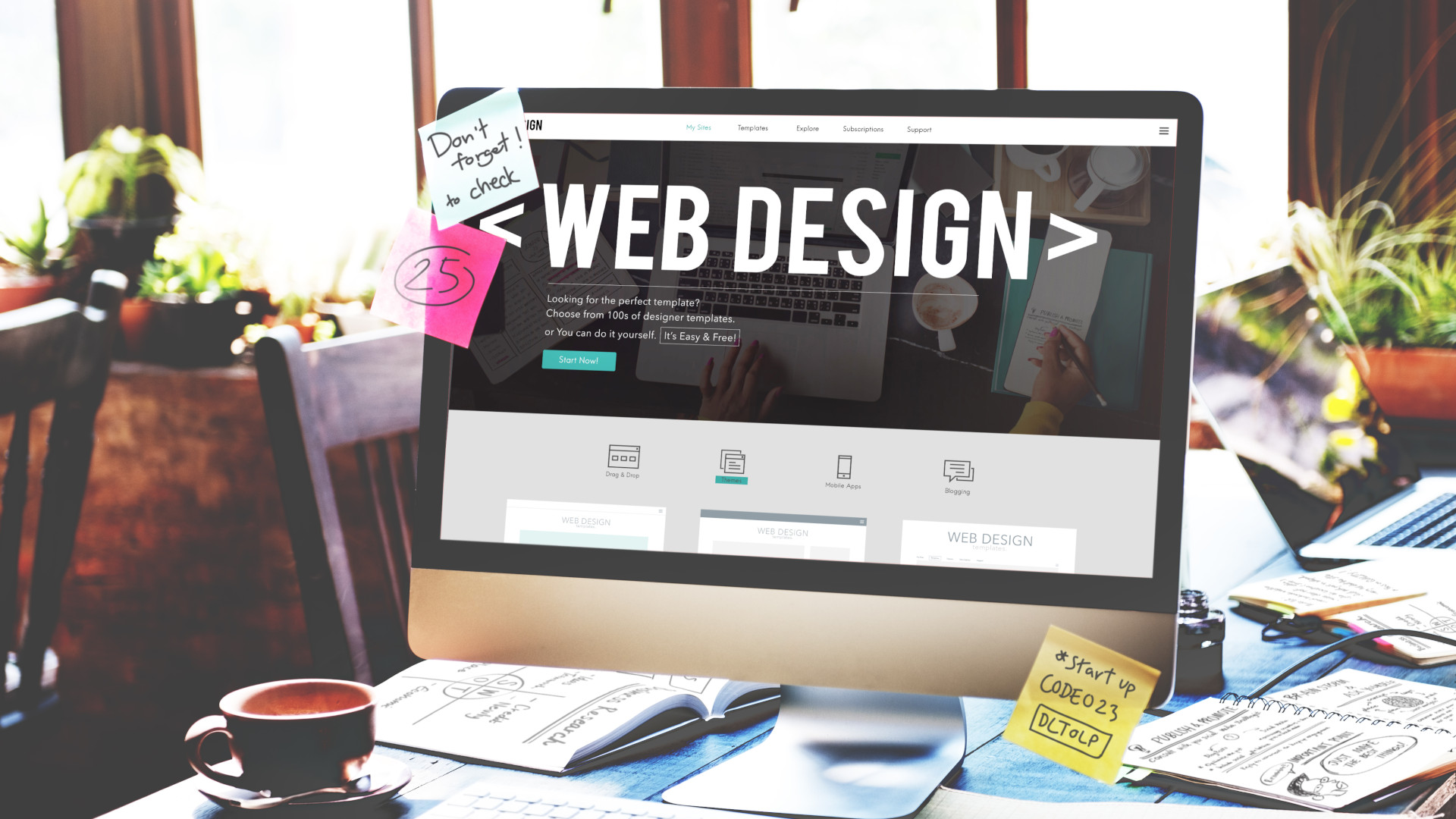Why Responsive Website Design is Essential for Today's Digital Market
Why Responsive Website Design is Essential for Today's Digital Market
Blog Article
The Ultimate Guide to Modern Web Site Layout Trends
In the ever-evolving digital landscape, contemporary web site layout fads play an important duty in forming individual experience and involvement. From the rise of minimalist design principles that prioritize simplicity to the influence of strong typography in specifying brand identity, each aspect adds to a natural online presence.
Minimalist Design Principles
Minimalist design principles stress the concept that much less is extra, supporting for simplicity and performance in aesthetic interaction. This method remove unneeded aspects, focusing instead on vital elements that share the designated message properly. By prioritizing clearness, minimal style improves user experience, enabling visitors to navigate internet sites effortlessly.
Core tenets of minimalist layout include the usage of enough white area, which develops a sense of balance and company. This unfavorable area not only directs the customer's focus to crucial elements yet also fosters a calming aesthetic environment. Additionally, a restricted color palette is commonly employed, using soft colors or single systems to keep aesthetic cohesion and avoid frustrating the individual.
Typography plays an essential role in minimal style, where clear fonts are selected for their simplicity and performance in communicating content. Inevitably, minimalist layout principles cultivate a focused setting that encourages customers to engage with the web content, improving the total effectiveness of modern internet site style.
Strong Typography Choices
Embracing strong typography choices has come to be a defining feature of modern web site design, as it effectively captures attention and conveys solid messaging. Developers are progressively using typography not just as a practical component but as an essential visual element that improves the overall visual and customer experience.

In addition, the association of vibrant typography with minimal design principles allows for striking contrasts, improving readability while keeping aesthetic charm. Making use of whitespace around bold text additionally highlights its relevance, ensuring that the message reverberates with the audience.
As digital landscapes become more competitive, leveraging vibrant typography allows brands to separate themselves and leave a lasting impact. The cautious selection of typefaces and their application can stimulate feelings, establish tone, and drive action, making bold typography a crucial device in modern-day site style. Inevitably, it is a powerful means to enhance storytelling and guarantee that crucial messages are not just seen yet additionally really felt.
Responsive and Mobile-first Style
Mobile-first and receptive style has emerged as a crucial concept in modern site growth, showing the raising reliance on smart phones for accessing on-line web content. As customer habits shifts towards mobile browsing, developers must prioritize producing experiences that adapt perfectly across numerous screen sizes and resolutions.
A responsive style guarantees pop over here that an internet site instantly changes its layout, images, and functionality based on the gadget being used. Mobile-first style supporters for establishing internet sites initially for smaller sized displays, ultimately scaling up to bigger displays.
Applying mobile-first and responsive concepts not just accommodates individual choices yet additionally lines up with search engine optimization (SEO) practices. Significant online search engine, like Google, focus on mobile-friendly web sites in their rankings, making it important for organizations to take on these layout strategies. In a competitive digital landscape, accepting mobile-first and receptive layout is not simply an option; it is vital for making sure accessibility and engagement with a diverse audience.
Engaging Microinteractions
Microinteractions play a critical role in enhancing customer involvement and general web site experience, specifically in the context of mobile-first and responsive design. These subtle style components give instant responses to customers, making interactions extra pleasurable and instinctive. Instances consist of button computer animations, alert signals, and packing indicators, which not only guide individuals but also develop a sense of link with the user interface.
Integrating engaging microinteractions can dramatically boost use by minimizing cognitive lots. When customers get acoustic or visual responses upon executing activities, such as clicking a button or sending a kind, they really feel more positive in their options. This fosters a smoother navigation experience, inevitably raising individual retention.

As web site design fads proceed to progress, the significance of microinteractions can not be overemphasized. They act website link as the subtle yet effective touchpoints that change ordinary interactions right into phenomenal experiences, consequently raising the total efficiency of contemporary internet layout.
Lasting Website Design Practices
Sustainable web style practices are becoming increasingly essential as the electronic landscape grows and environmental worries rise. Designers and programmers are identifying their obligation to produce websites that not just serve user demands but additionally decrease environmental influence. This technique includes a number of key strategies.
Firstly, maximizing energy usage is critical. Web sites should be created to fill promptly and successfully, which reduces server energy usage and enhances customer experience. Techniques such as picture compression, lessening HTTP demands, and utilizing contemporary coding methods add significantly to this goal.
Secondly, selecting environment-friendly holding carriers is important - website design. Several hosting business are now powered by renewable resource helpful resources sources, making it possible for sites to operate in a much more sustainable manner. This choice shows a dedication to lowering carbon impacts
Moreover, adopting a minimal style can improve sustainability. Less aspects on a page result in less data transfer, which not just speeds up packing times however likewise preserves resources.
Lastly, promoting digital accessibility ensures that sites reach a wider target market without unneeded bloat, straightening individual experience with ecological duty. By incorporating these sustainable methods, internet designers can contribute favorably to both user engagement and the planet's health.
Conclusion
In summary, contemporary website layout trends emphasize the assimilation of minimalist principles, bold typography, and responsive design to boost user experience. Engaging microinteractions add to memorable interactions, while sustainable techniques advocate for ecologically aware advancement. Collectively, these components not just raise visual charm yet additionally boost capability, ensuring that web sites are both aesthetically striking and straightforward. Embracing these trends is necessary for producing impactful electronic experiences that reverberate with individuals in an increasingly competitive on the internet landscape.
In the ever-evolving electronic landscape, modern-day internet site design fads play an important function in shaping customer experience and interaction. By focusing on quality, minimalist style boosts customer experience, permitting visitors to navigate web sites easily.
Inevitably, minimalist style principles cultivate a focused setting that encourages customers to engage with the web content, enhancing the overall effectiveness of modern web site layout.Microinteractions play a critical role in improving individual involvement and total website experience, especially in the context of mobile-first and responsive design.In summary, contemporary website layout trends emphasize the combination of minimalist concepts, bold typography, and responsive design to enhance individual experience.
Report this page